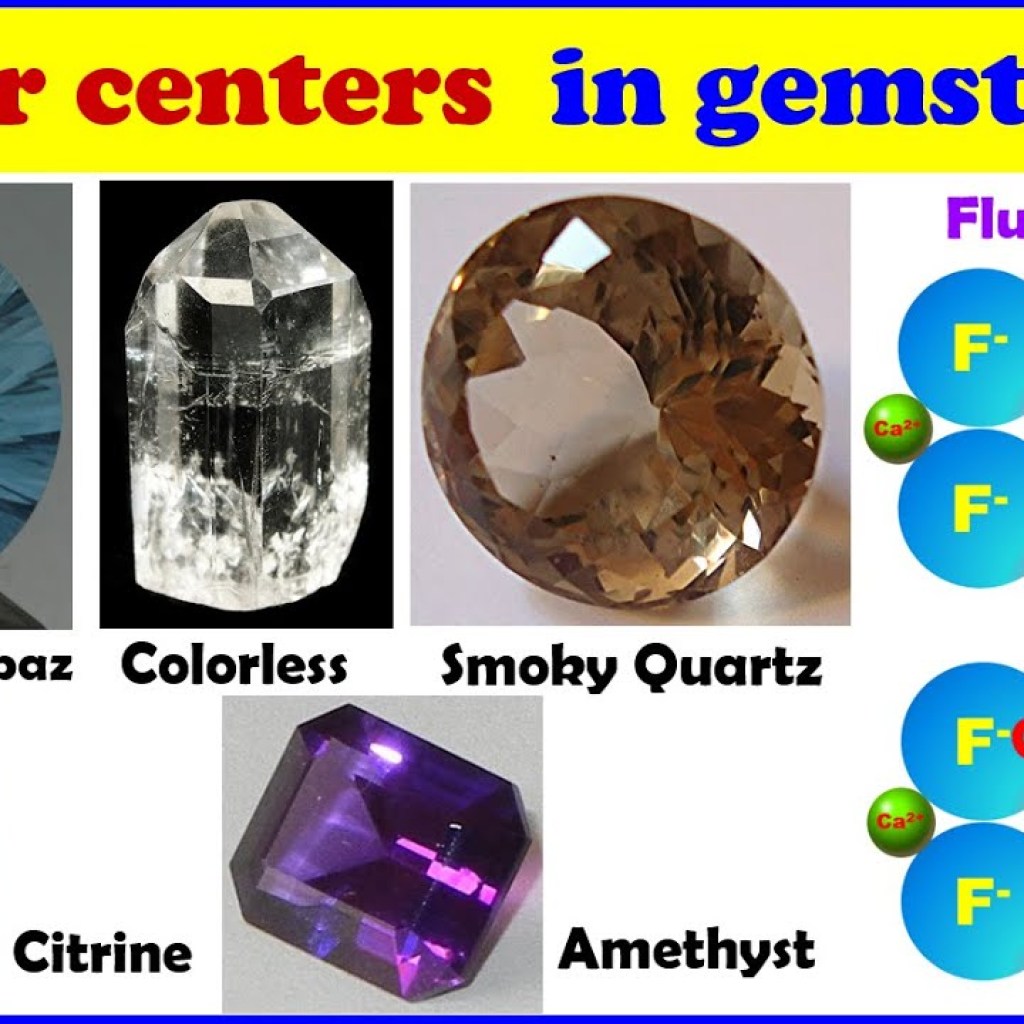Optical Strain Sensors
Source: HBM Understanding Optical Strain Sensors Understanding Optical Strain Sensors Introduction to Optical Strain Sensors Optical strain sensors, also known as strain gauges, are devices used to measure mechanical deformation caused by compressive or tensile forces. These sensors predominantly utilize fiber optics technology, offering a range of advantages over traditional mechanical and electronic strain sensors. […]
Optical Strain Sensors Read More »









